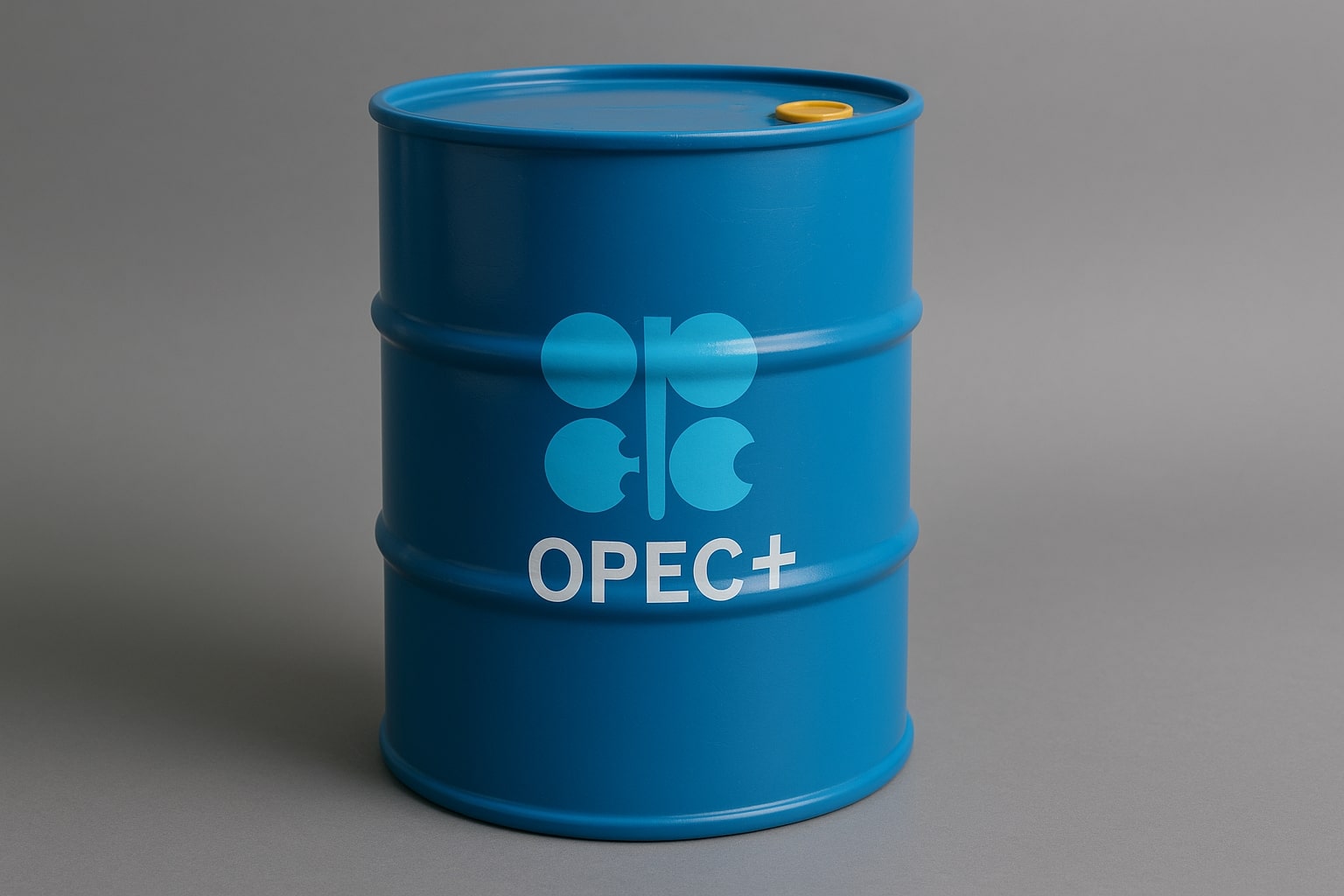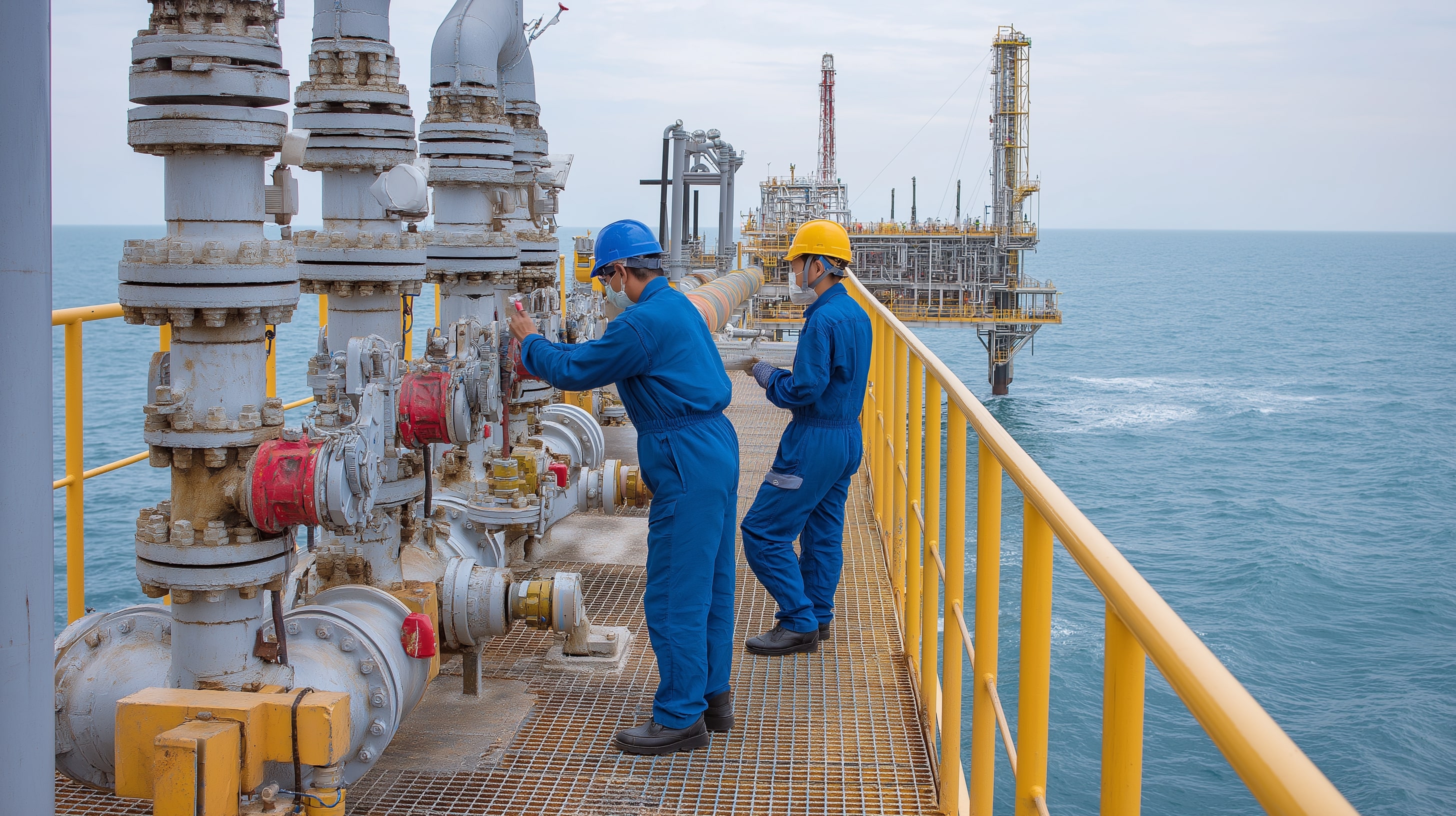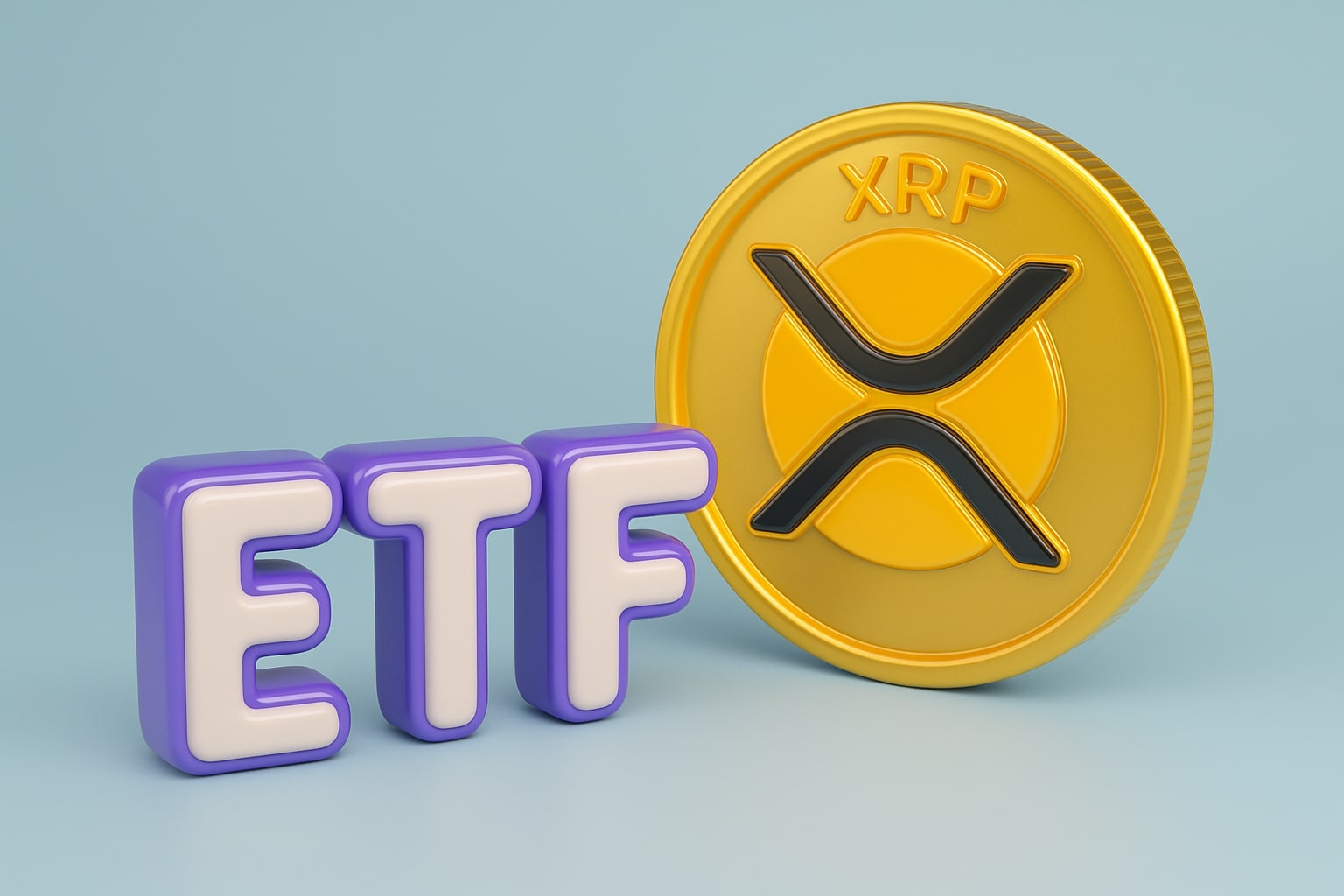
Oil Prices Rebound as Russia Conflict and Iran Sanctions Lift Brent to $67
WTI at $63 and Brent near $67 as supply risks rebuild risk premium, with Oman fiscal resilience and Canadian Natural Resources production outlook shaping long-term dynamics | That's TradingNEWS
Oil Prices (CL=F, BZ=F) Edge Higher as Geopolitical Risks Rebuild Supply Premium
Global oil benchmarks are finishing the week stronger, reversing part of the recent softness as geopolitics and sanctions restore a risk premium into crude. Brent (BZ=F) traded at $67.04 per barrel late Friday, advancing nearly 1.9% from last week’s close of $65.77, while WTI (CL=F) changed hands at $63.31, up 1.6% from $62.32. The uptick reflects a convergence of supply-side threats: intensified Russian bombardments in Ukraine, renewed U.S. penalties on Iranian crude flows, and ongoing strikes on infrastructure feeding Eastern Europe.
Russia-Ukraine Escalation Amplifies Crude Risk Premium
Ukraine reported one of the largest aerial strikes of the year, killing one and injuring over a dozen, while President Zelensky reiterated calls for deeper tariffs and sanctions on Moscow. Each flare-up reinforces concerns that Russian export capacity—already under strain from drone strikes on refineries and pipelines—could face further curtailment. Oil deliveries through the Druzhba pipeline, a key artery to Hungary and Slovakia, were disrupted again this week after a Ukrainian strike, underscoring how fragile European flows remain. As markets recalibrate the probability of prolonged disruption, traders are embedding higher risk premiums into Brent contracts.
Iran Sanctions and Chinese Terminals in Washington’s Crosshairs
The U.S. Treasury widened enforcement against Iranian crude exports, sanctioning two China-based terminal operators accused of handling millions of barrels of sanctioned oil. This marks the fourth round of measures against Chinese intermediaries, targeting the so-called “dark fleet” that moves Iranian cargoes. With Tehran still exporting above 1 million barrels per day despite restrictions, each tightening of enforcement reverberates through Asian supply chains. The additional strain on available barrels lends support to WTI futures, which remain resilient above the $63 handle, despite broader macro headwinds.
Oman’s Fiscal Balancing Act Amid $75 Realized Oil Prices
Regional producers are managing the oil softness differently. Oman’s mid-year accounts showed a realized oil price of $75 per barrel with production averaging 988,000 barrels per day, generating revenues of RO 5.839 billion against expenditures of RO 6.098 billion, a modest deficit of RO 259 million. Despite weaker hydrocarbon receipts, the government prioritized social and infrastructure spending, disbursing RO 3.122 billion to welfare, security, education, and housing. Development spending hit RO 688 million in the first half, already 76% of the annual allocation, underscoring Muscat’s choice to invest through the cycle rather than slash outlays as prices soften. Subsidies totaling RO 339 million for electricity and RO 289 million for social protection further highlight the delicate balance between fiscal prudence and citizen relief.
North American Producers and Canadian Natural Resources Outlook
The pullback in benchmarks is filtering into corporate planning. Canadian Natural Resources (NYSE:CNQ) continues to expand output, guiding for 1.532 million boe/d in 2025, up 7.9% year-over-year, supported by CA$6.05 billion in capital expenditures. The company has proven reserves of 15.2 billion boe, offering a 33-year reserve life index, far outpacing Occidental Petroleum’s 8.6 years. CNQ has distributed CA$12.31 per share in dividends since 2020, yielding 5.7%, while also executing a buyback plan to repurchase up to 10% of outstanding shares by 2026. Still, risks mount: liabilities-to-assets stand at 51.6%, Canadian green policy is tightening, and the EIA projects Brent averaging $51 per barrel by 2026, a level that could pressure margins despite the firm’s competitive cost base.
IEA Policy Reversal and Market Implications
The International Energy Agency has reintroduced its “Current Policies Scenario” into its flagship outlook, a reversal after years of emphasizing stated policies and net-zero trajectories. This shift came under political pressure from U.S. leaders who argued prior models were discouraging oil investment and jeopardizing security of supply. For traders, the return of a “business as usual” scenario means renewed expectations of prolonged fossil fuel demand. UBS forecasts Brent to remain in the high $60s over the next year in a tighter market, balancing sluggish Chinese refining margins with OPEC+ restraint.
WTI and Brent Technical Levels
Technically, WTI (CL=F) is consolidating above $63, with resistance at $64.50–$65.00 and support at $62.00, while Brent (BZ=F) faces resistance at $68.50 and key support at $65.50. A sustained break above resistance could trigger algorithmic buying, while a dip under $62 WTI risks retesting $60, a level that would invite OPEC+ vigilance. Short-term, moving averages show a flattening trend, signaling a possible coiling before a directional breakout.
Buy, Sell, or Hold Verdict
The oil market remains a tug-of-war between geopolitical supply risk and macroeconomic demand caution. With Brent at $67.04 and WTI at $63.31, prices are supported by conflict escalation, Iranian sanctions, and steady OPEC+ discipline, but capped by forecasts of softer demand into 2026. For short-term positioning, oil appears Buy-rated on dips toward $62 WTI and $65 Brent, with the geopolitical premium providing a floor. For medium- to long-term investors, the balance of risks and EIA’s 2026 forecast around $51 Brent makes the space more of a Hold—attractive in the near term, but not without substantial downside risk as supply resilience and green policy expand.
That's TradingNEWS
Read More
-
PFFA ETF Nears $21.50 as Rate Cuts and 9.49% Yield Spark Renewed Demand
29.11.2025 · TradingNEWS ArchiveStocks
-
XRPI and XRPR ETFs Ignite Ripple’s Institutional Rally as Inflows Near $1B and XRP Holds $2.20
29.11.2025 · TradingNEWS ArchiveCrypto
-
Natural Gas Price Forecast - NG=F Blasts to $4.85 as Demand Surge Fuel Multi-Month Breakout
29.11.2025 · TradingNEWS ArchiveCommodities
-
USD/JPY Price Forecast - Yen to Dollar Slides to 156.10 as Yen Strengthens on Fed Cut Expectations
29.11.2025 · TradingNEWS ArchiveForex



















